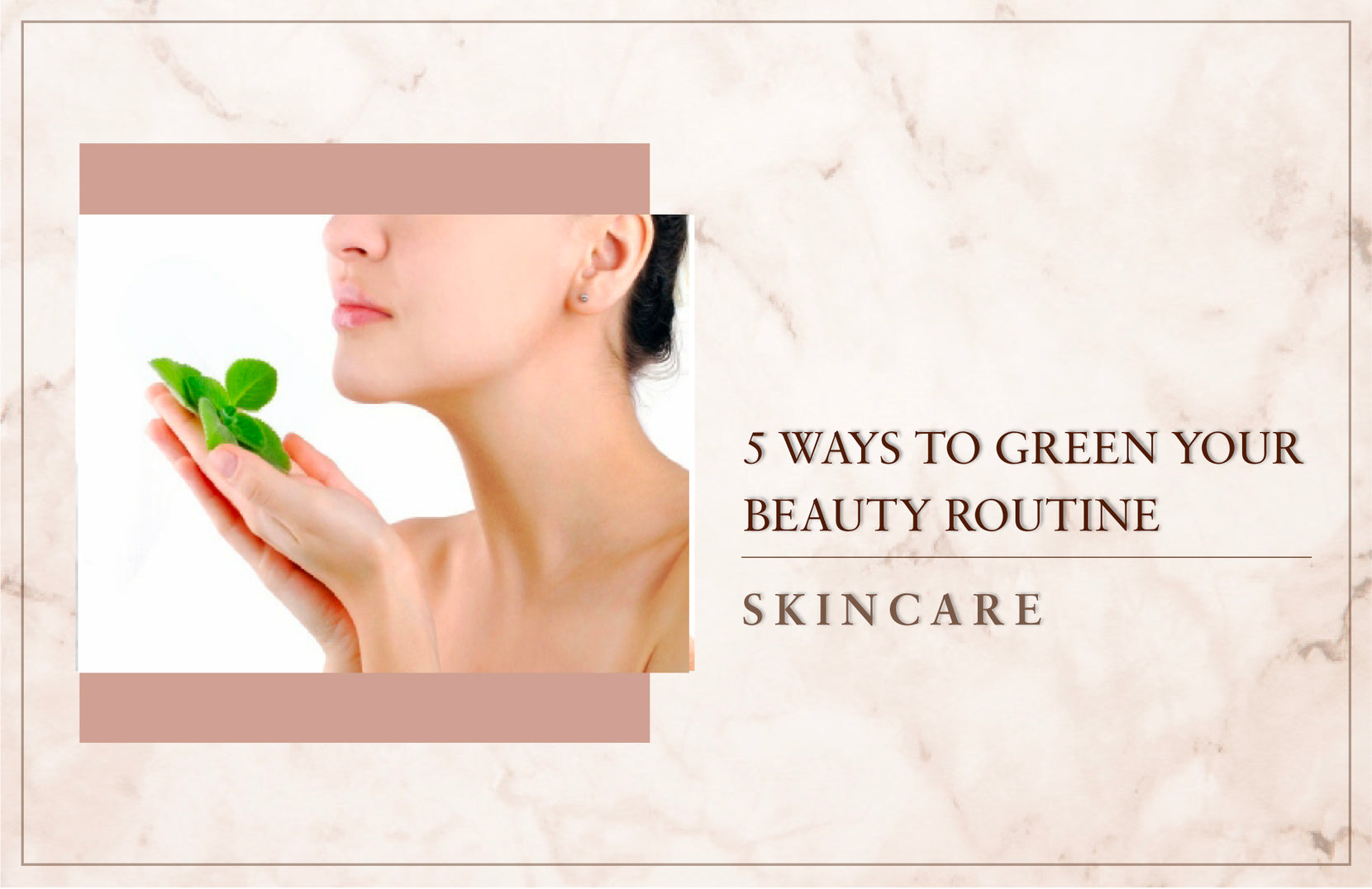Today on Environment Day, here’s how you can choose to be more eco-friendly with your beauty choices.
The choices we make in our personal lives are collectively putting a strain on the environment. And that’s a problem that’s staring us in the face, clogging earth’s water bodies and choking its atmosphere. Pollutants, in wellness terms, are the toxins which weaken the immune system, leading to dysfunctional internal systems. If toxins can create havoc in a singular human body imagine the impact that they can have on the environment at large? It is believed that in the time it takes Hardik Pandya to bowl an over in a cricket match, four garbage trucks worth of plastic get dumped into the ocean.
India is the global host of 2018 World Environment Day and the think tanks of the world will come together to explore sustainable alternatives to reduce pollution. While regulations and bans are actions that are instituted, each of us in our own capacity can resolve to do our bit towards green social responsibility. Starting from the way we use and choose our beauty products…
1. Choose ayurvedic or nature-derived formulations

Indian wellness heritage is rooted in the concept of co-existence with nature. While the scientific arm of the beauty industry is waking up to the terms like herbal healing, natural preservatives, cruelty-free and free of synthetic chemicals, it was the norm in India, and Ayurveda stands testimony to that. A text that is more than 5000 years old documented how beauty tonics and elixirs can be completely nature-derived. For Indians it’s uncanny to see grandma’s kitchen secrets evolve to haute couture beauty, but Ayurveda is definitely India’s biggest beauty export to the world. Even in terms of the production, Ayurvedic formulations generate lesser waste than the chemical laboratories.
2. Look for the recycle symbol

In the recent past, the global beauty industry has been held responsible for adding to the environmental stress. Zero Waste reports that more than 120 billion units of packaging are produced every year by the global cosmetics industry, much of which is not recyclable. There are some brands that are innovating the norms with ‘naked’ or no packaging. While that’s a great step, it’s not practical for the industry at large especially when we are looking bath and body products. In this case, we must look for the recycle symbol and support the brands that are ready to make changes in their packaging processes to support the environment.
3. Consciously choose the packaging material

More than ever before, consumers care to know about every step—from the way ingredients are sourced to how the product is packaged. Within the green, natural beauty space, it’s not just about the ingredients used but also about how they are finally packaged. The first step is to choose glass over plastic. But unfortunately, the potential of spillage and breakage doesn’t make glass a viable option for all the beauty formulations. Within the category of recyclable plastic look for PETG, which is made from polyester (to be precise, thermoplastic copolyester) not PVC, and it is 100 per cent recyclable and biodegradable. This FDA-friendly material is tough like PVC and resists impact. Tests have shown PETG to be biologically equivalent to, or better than, Type 1 borosilicate glass bottles for cell culture applications. Since it is a good quality material, once empty, the bottles and jars can be sterilised and reused. The idea is not just to choose wisely but also to reduce waste that fills our lands and seas.
4. Go for scrubs/gels without microbeads

Sometimes we inadvertently cause environmental stress. The microbeads commonly found in shower gels and scrubs may smoothen the skin but they litter our riverbeds and oceans. After you wash your face or clean your teeth, the microbeads go down the plughole and pass through water filtration systems because they are so tiny. These then end up in the sea where they are ingested by fish. Besides harming marine life, this toxic material enters the human food chain. No wonder, UK’s proactive step to ban microbeads is being lauded by environmentalists globally. However, this doesn’t mean that you need to say goodbye to exfoliators in general, just swap them for environmental-friendly options. Apricots, oats, jojoba beads, salt, coffee and sugar are some natural alternatives to microbeads which provide the same effect, if not better.
5. Choose your products wisely

This is a step that’s taken by discerning users. And sometimes might involve choosing environment over convenience. The latest beauty additions in every travel kit are the sheet masks. But as you drench your face in the sublime goodness of repairing and hydrating elixirs, be aware of the leftover waste (single-use sheet/plastic packaging). To minimise overall packaging, try sheet masks that come in packs of 10 or more. So why not save those cheat sheets for moments of emergency and on a regular basis use a jar mask. It may be a good idea to delve into our grandma’s beauty diaries for some ubtan recipes. If that sounds cumbersome there are homegrown brands, like Just Herbs, that are bottling traditional masks.
Small changes for living with ‘Less Plastic’
- Carry your own shopping bag.
- Carry a reusable water bottle.
- Say no to straws whenever possible.
- Store leftovers in glass jars.
- Reuse good quality plastic containers.
Sources:





